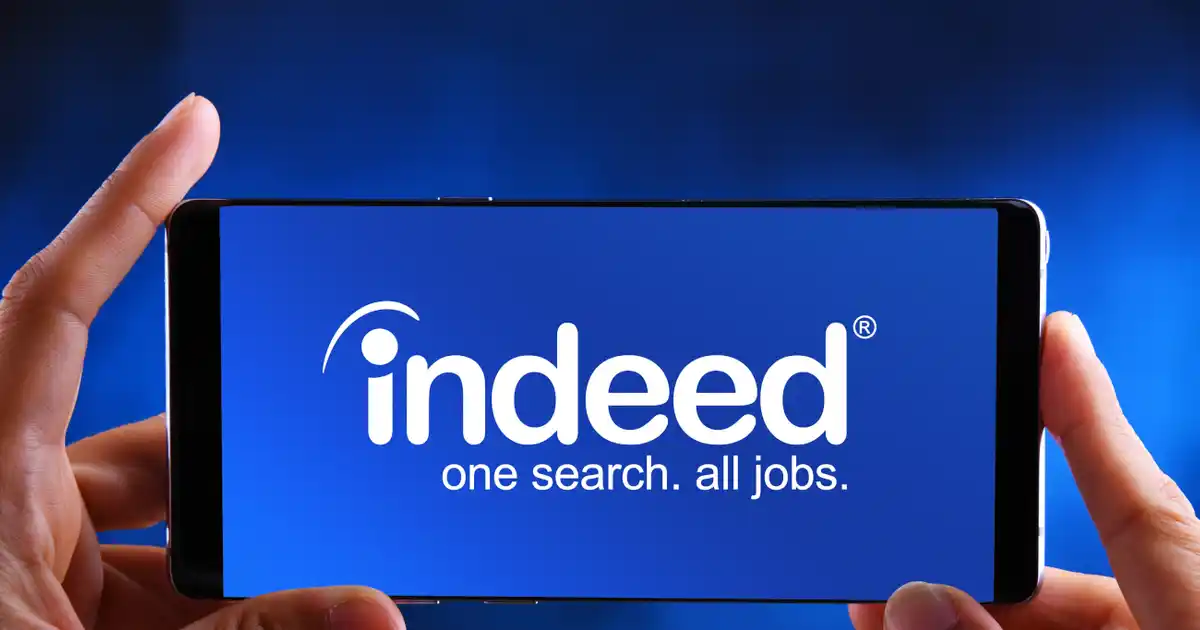Job seekers have never had more ways of sending out their resumes. The notion of walking into businesses and asking if they’re hiring is becoming a distant memory – and for good reason!
Job search sites are all vying for your attention. And while it’s tempting to say “the more the merrier”, not all of these sites are designed to benefit your particular search. Let’s review the very best job search sites, and which one is optimal for your employment goals.
Indeed
Pros: Starting with the ubiquitous choice, Indeed is the largest job search website in the world. There’s no other website that caters to every level of employee, from the entry-level to the executive. Plus, its update frequency tops all the competition, uploading ten new listings per second.
Alongside its job listings, Indeed offers profiles on most employers. Information related to salary and employee expectations can offer a glimpse of what it’s like to work for these companies. Finally, this mammoth job board is still free! Users don’t have to pay a cent or provide any login credentials for the service.
Cons: After listing off Indeed’s benefits, you might be wondering why anyone would look for work on another website. However, there are pitfalls to being the biggest company around. Job postings on Indeed are more competitive, simply because so many job seekers are watching it.
This popularity can make certain employers wary, especially if they’re looking for highly specialized candidates. The ease of using Indeed, as opposed to applying on a company’s website, can also give employers the impression that applicants are sending out resumes without properly researching the role.
 Shutterstock: monticello
Shutterstock: monticelloGlassdoor
Pros: When Glassdoor entered the scene in 2008, it distinguished itself from Indeed by focusing on transparency. From the employee reviews to the salary stats, Glassdoor uses crowdsourced intelligence to maintain its reputation as the most honest job search site.
Glassdoor is vital to job seekers because it wrestles power back from the employers. Having unparalleled insights into a business before you’ve even sent your resume puts the advantage in your hands. Its knowledge can help you better tailor your resume and prepare for interviews.
Cons: Having said that, the website’s chief attribute – honesty – might also be its drawback. Employee reviews are unfiltered, meaning that biased and resentful scores can mislead a company and CEO’s scores.
 Shutterstock: T. Schneider
Shutterstock: T. SchneiderZiprecruiter
Pros: Unlike Glassdoor, Ziprecruiter puts the hiring power back in the hands of employers. If you’re looking for a talented pool of candidates but don’t wish to outsource this task to a third party agency, Ziprecruiter is likely your best option.
The recruitment platform is popular amongst hiring teams because it attracts much more qualified resumes than Indeed. This is in part because the AI “recruiter” (named Phil) does a great job of helping applicants focus their employment goals. Additionally, employers can rate resumes so that they’re easily ranked and organized.
Ziprecruiter is also valuable for applicants, not only because Phil helps them find specialized jobs, but because they get notified when an employer has opened their resume. Also, by sending your resume via Ziprecruiter, it will appear on over 100 different job sites. Now that’s exposure!
Cons: The platform is upfront about its costs after the four-day free trial. Its Standard plan is $16 per day for one job posting, while its Premium plan is $24 per day per job. If you expect your position will take a while to fill, Ziprecruiter offers flat monthly rates at a discount. Ziprecruiter doesn’t quite have the reach of Indeed or Glassdoor, so its associated fees might be a deal-breaker for some employers.
 Shutterstock: T. Schneider
Shutterstock: T. SchneiderPros: To call LinkedIn a job search site is technically correct, but a bit reductive. The website is as much about social networking as it is about applying to job postings. Applicants can create a profile (which doubles as their resume) and make contact with employers and recruiters.
A LinkedIn account is free to create, allowing users to build their digital resumes and apply to jobs. However, their Premium membership has a lot of perks. At the monthly charge of $29.99, a job seeker can send messages to people outside of their network and see who has viewed their profile. Additionally, Premium users receive analytics about other applicants who are interested in the same jobs.
Cons: The platform suffers from a number of spam messages, promising further education or better job prospects. Occasionally, job postings will remain up when they’re no longer active. Unsurprisingly, these annoyances vanish as soon as you upgrade to the premium account.
LinkedIn can be a hard sell for job seekers who cringe at the idea of managing yet another social media account. The idea of publicly listing your credentials and running into old colleagues isn’t for everyone.
 Shutterstock: PK Studio
Shutterstock: PK StudioSnagajob
Pros: Snagajob doesn’t get as much press as the other platforms on this list, but it has been diligently connecting hourly wage workers with employers since 2000. The site is easy to use and doesn’t have any of the frills of LinkedIn. Instead, when you click “Apply”, Snagajob sends you to the hiring company’s website.
Cons: The website is so straightforward that it’s almost hard to find fault in. Its limitations are fantastic for people who are looking for hourly work in the retail, hospitality, and food service field, but they aren’t so ideal for job seekers looking for a greater range of work.
 Standret / Shutterstock
Standret / ShutterstockFlexjobs
Pros: If you’re interested in remote work, you can’t afford not to know about Flexjobs. The subscription model job board focuses on all levels of employment that can be done from home. Remote job seekers won’t have to worry about fraudulent job postings on Flexjobs, as each listing has been selected by a real human being. Gasp!
Cons: The potential downside of any subscription is the price, and whether it’s worth your particular needs. The platform charges $9.95 for one week, $24.95 for one month, $39.95 for a three-month membership, and so on.
 fizkes / Shutterstock
fizkes / ShutterstockPick The Right Platform
While Snagajob is strictly for hourly wage workers and Flexjobs is for remote jobs, most of these search sites cater to a particular market. For example, Indeed is more popular among healthcare and entry-level professionals, while LinkedIn is preferred among the corporate crowd.
Knowing what distinguishes these websites will help you pick the right platform for your job search. Some applicants even create accounts on a few of these sites at once, in a bid to maximize their exposure to employers and recruiters. Make sure you research these job search sites carefully before you pay any fees, and soon you’ll have the job of your dreams!
 Shutterstock: Rawpixel.com
Shutterstock: Rawpixel.com







